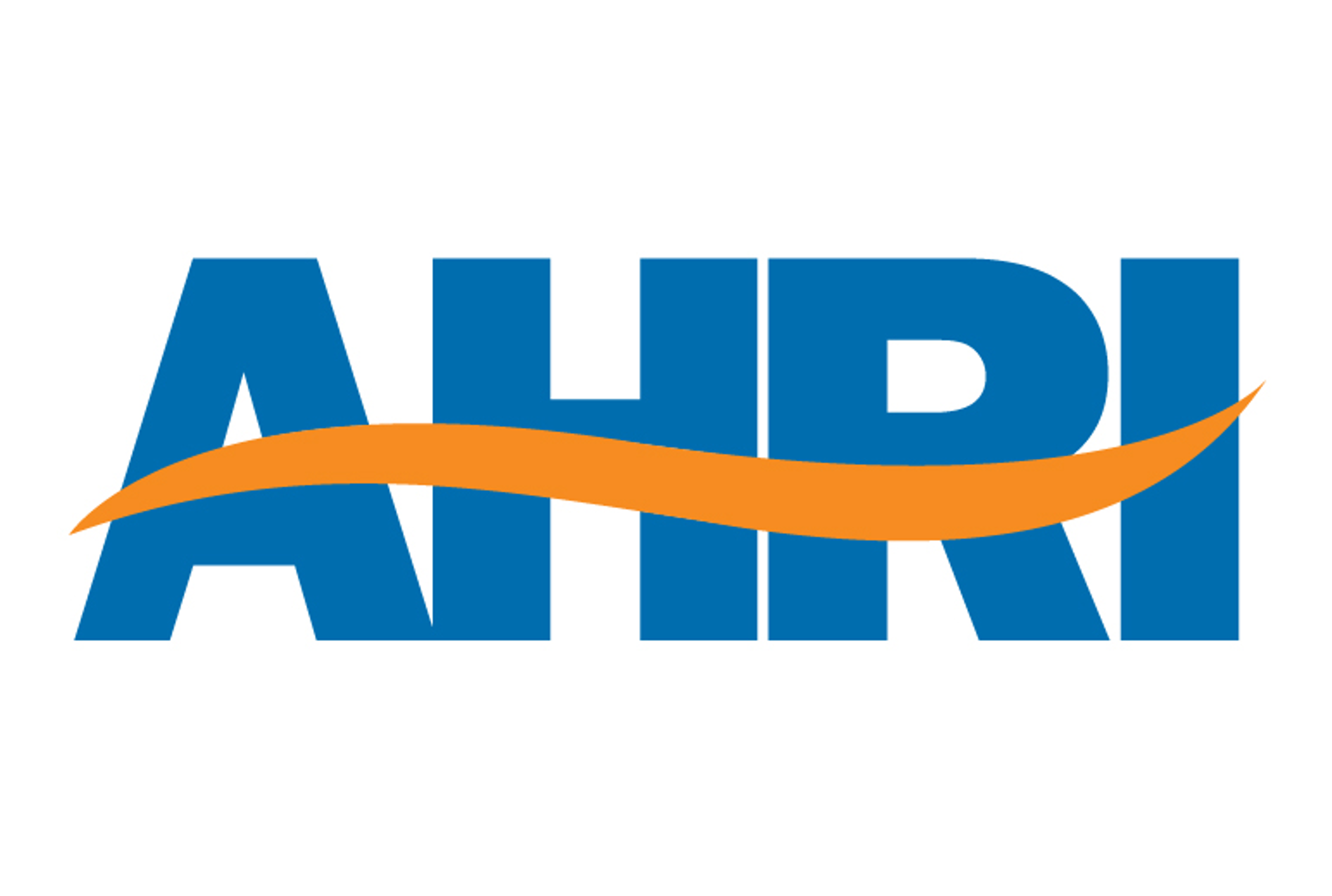Analysis

August 10, 2020
Final Thoughts
Written by Tim Triplett
Our friends at ITR Economics warn us to be wary of economic misreporting, especially when the media is so full of dramatic headlines about the state of the pandemic. It’s easy for reporters to misinterpret the data, which is confusing to nearly everyone. ITR continues to predict U.S. GDP will move into a recovery mode in the second half of the year, despite the resurgent wave of COVID cases in the past month or two.
One common question ITR often receives: “How many cases per day would trigger a downgrade to the forecast?”
“Unfortunately, it is not that simple,” said ITR Economist Connor Lokar in a recent blog. “There is no magic number of cases, or deaths, or number of states with problems that would trigger a downgrade to our forecast. The leading indicators and our weekly flash metrics will tell us if the recovery is in doubt. These are the purely objective, empirical anchors that, should they fade and succumb to declining trends, will tell us when COVID-19 case numbers have reached the ‘critical mass’ and put the recovery in jeopardy.”
July bore the full brunt of the latest surge of the virus, but early-August indicators remain pleasantly positive, he said. “The diversity of the indicators coupled with the consistency of rise is highly encouraging, as it offers empirical rendering that the second wave (while problematic from a public health standpoint) has been insufficient to trigger a broad retrenchment in the U.S. macroeconomic recovery.”
ITR President Alan Beaulieu pointed to a recent headline that stated “the mini-recovery seems to have ended” based solely on a change in unemployment claims. “Going from a flattening in new claims for unemployment to the end of the nascent recovery is quite a leap. Economic trends rarely move in straight lines, whether the trend is heading up or down,” he said.
“It is also important to note that it is not at all unusual for the number of unemployed people to go up in July. The number of people unemployed in July has gone up 8 out of the last 10 years, with an average increase of 1.54 percent from June. Stability in July seems like it might be a good thing rather than signaling the end of the recovery.”
ITR’s forecast still calls for GDP to move up slightly in the third quarter of 2020, despite the ominous headlines.
Beaulieu will present the latest economic data in his remarks on Tuesday, Aug. 25, during SMU’s Virtual Steel Summit.
John Packard and the CRU team will unveil the “live” virtual conference platform on Wednesday during the next SMU Community Chat webinar beginning at 11 a.m. on Aug. 19. The webinar is free and open to all. Anyone still undecided about “attending” our virtual conference will want to log in and see what you would be missing. You can register for the webinar by clicking here or going to www.SteelMarketUpdate.com/blog/smu-community-chat-webinars You can get more information about the conference by clicking here.
As always, your business is truly appreciated by all of us here at Steel Market Update.
Tim Triplett, Executive Editor







